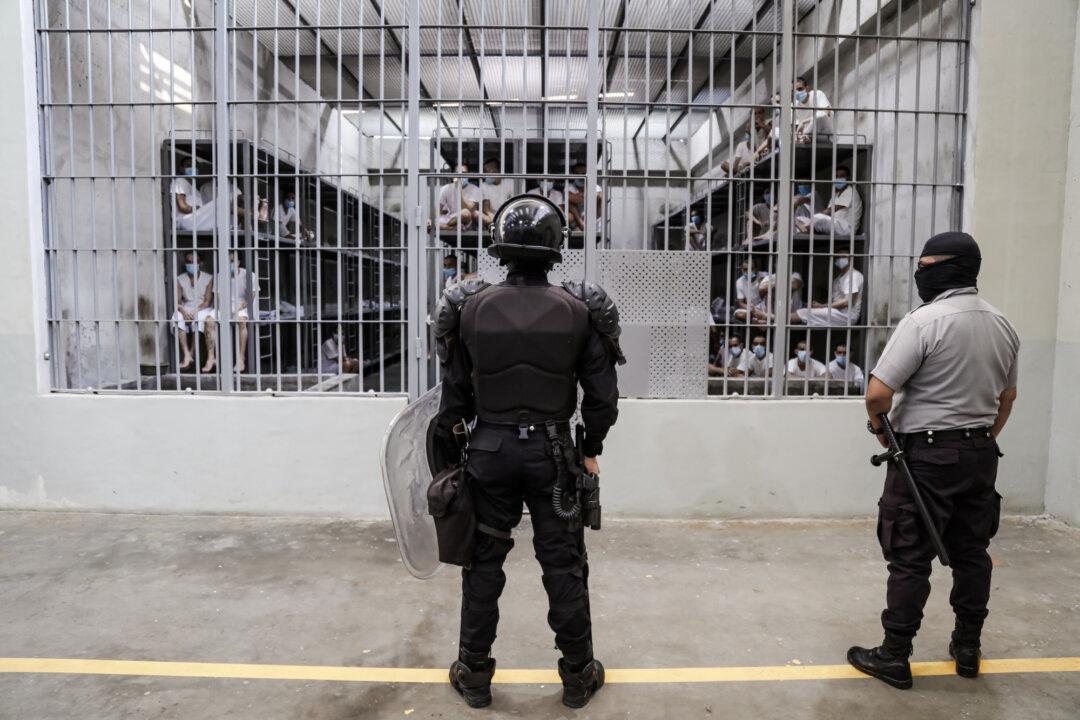The renewed enforcement effort begins with the Treasury Offset Program, which allows the federal government to intercept tax refunds, Social Security checks, and other federal payments to recover unpaid student debt. Borrowers affected by the program began receiving notices on May 5, the department said.
“Starting today, approximately 195,000 defaulted student loan borrowers will begin receiving an official 30-day notice from the U.S. Department of Treasury notifying them that their federal benefits will be subjected to the Treasury Offset Program,” the Education Department said in the May 5 announcement.
Following the notice period, administrative wage garnishment will begin later this summer for all 5.3 million borrowers who remain in default. Guaranty agencies have also been authorized to resume involuntary collections on defaulted loans under the Federal Family Education Loan Program, the department stated.
The move officially ends a pandemic-era freeze first imposed in March 2020 under President Donald Trump and extended multiple times under the Biden administration. Although payments officially resumed in fall 2023, most collection efforts remained paused—until now.
“Student and parent borrowers–not taxpayers–must repay their student loans,” the Education Department said at the time. “There will not be any mass loan forgiveness.”
To help borrowers avoid wage garnishment or benefit offset, Federal Student Aid has launched direct outreach and expanded support services, encouraging borrowers to enroll in income-driven repayment plans, make voluntary payments, or begin loan rehabilitation.
The letter reminded institutions that the cohort default rate—the share of former students who default soon after leaving school—must stay below 40 percent in a single year or 30 percent for three years in a row, or the school risks losing access to Pell Grants and federal student loans.
To mitigate that risk, the department urged schools to immediately contact former students with reminders of their loan obligations and information on repayment plans.
“As we begin to help defaulted borrowers back into repayment, we must also fix a broken higher education finance system that has put upward pressure on tuition rates without ensuring that colleges and universities are delivering a high-value degree to students,” Secretary of Education Linda McMahon said in a statement. “For too long, insufficient transparency and accountability structures have allowed U.S. universities to saddle students with enormous debt loads without paying enough attention to whether their own graduates are truly prepared to succeed in the labor market.”
The department also said it plans to publish institution-level nonpayment rates later in May to increase transparency and accountability across the higher education sector.
The enforcement restart follows the collapse of former President Joe Biden’s sweeping student loan forgiveness plan, which aimed to cancel hundreds of billions in debt through executive action. The Supreme Court struck down the plan in 2023, ruling that the administration lacked the authority to cancel loans without congressional approval.
In April, McMahon made clear that the department would no longer pursue blanket debt forgiveness.
“American taxpayers will no longer be forced to serve as collateral for irresponsible student loan policies,” McMahon said in April. “The executive branch does not have the constitutional authority to wipe debt away, nor do the loan balances simply disappear.”
While supporters of Biden’s proposal argued that widespread forgiveness would reduce inequality and stimulate economic growth, critics said it was fiscally reckless and unfair to borrowers who had already repaid their loans—or never borrowed at all.







